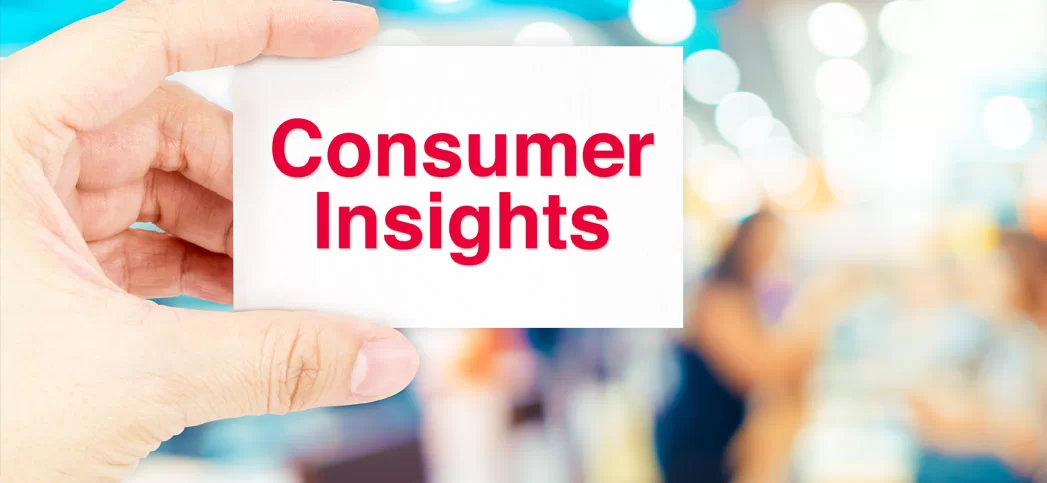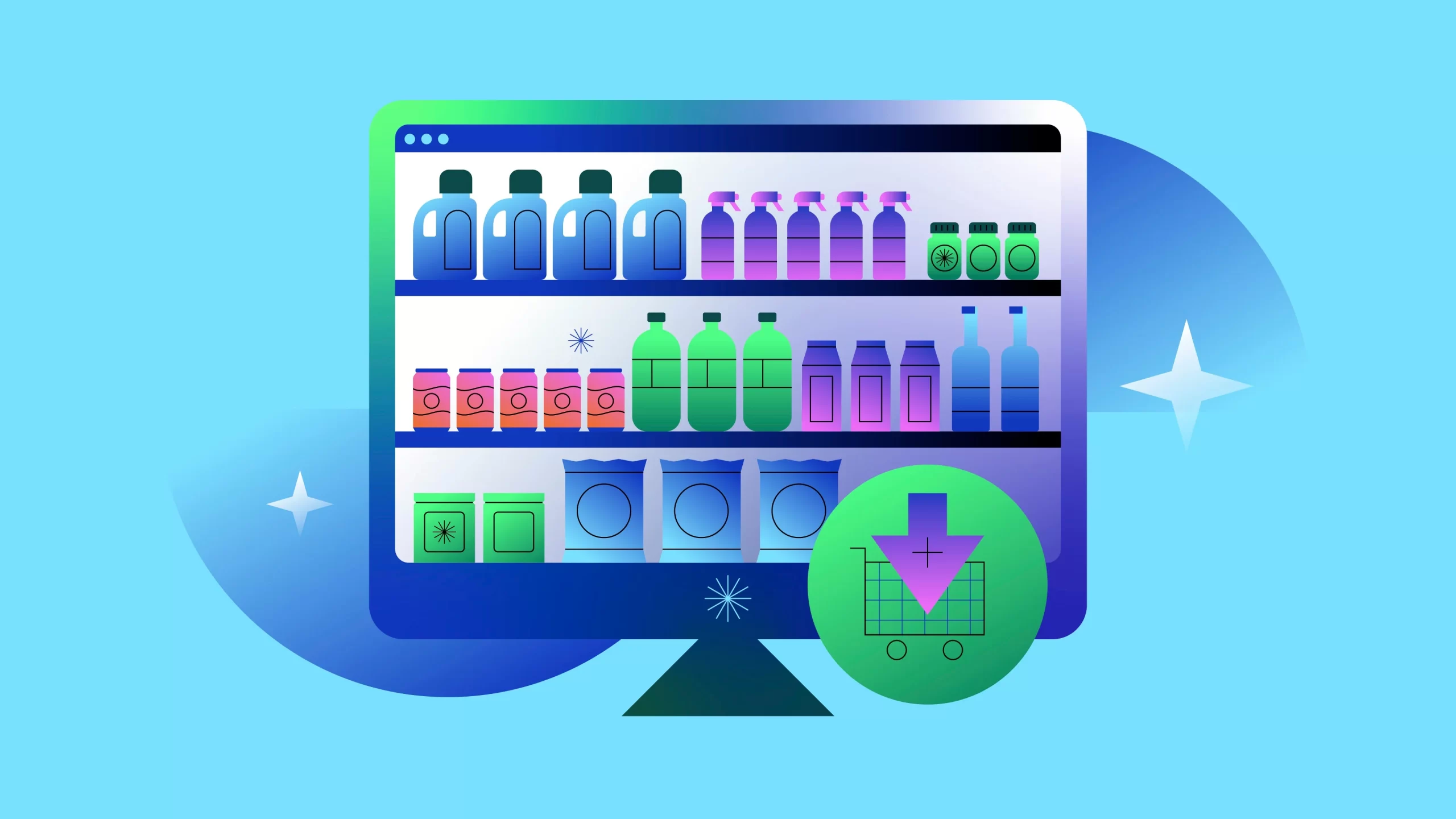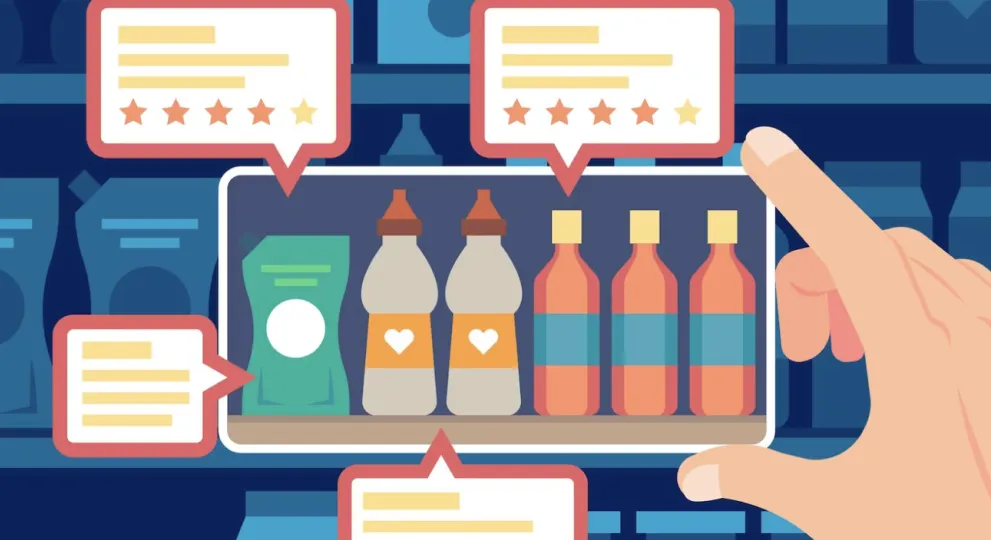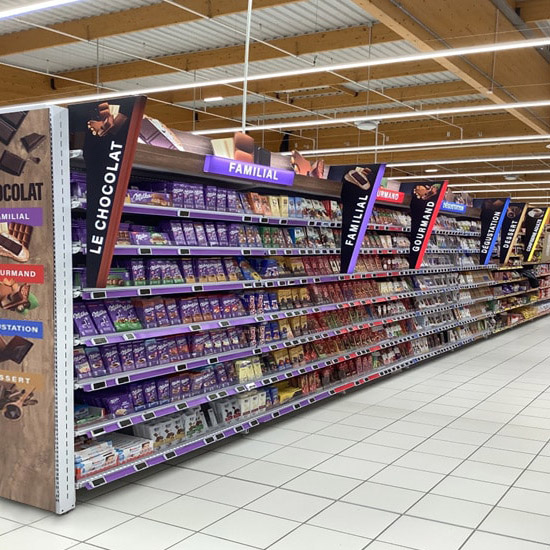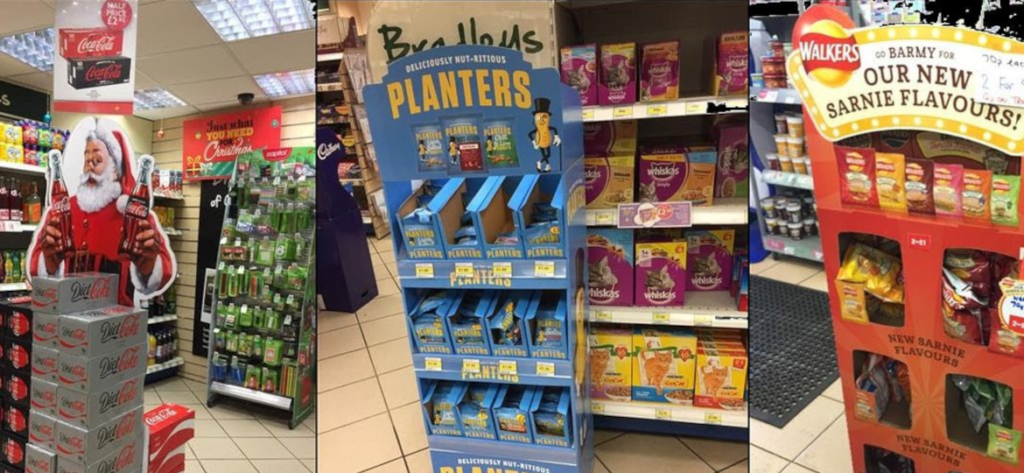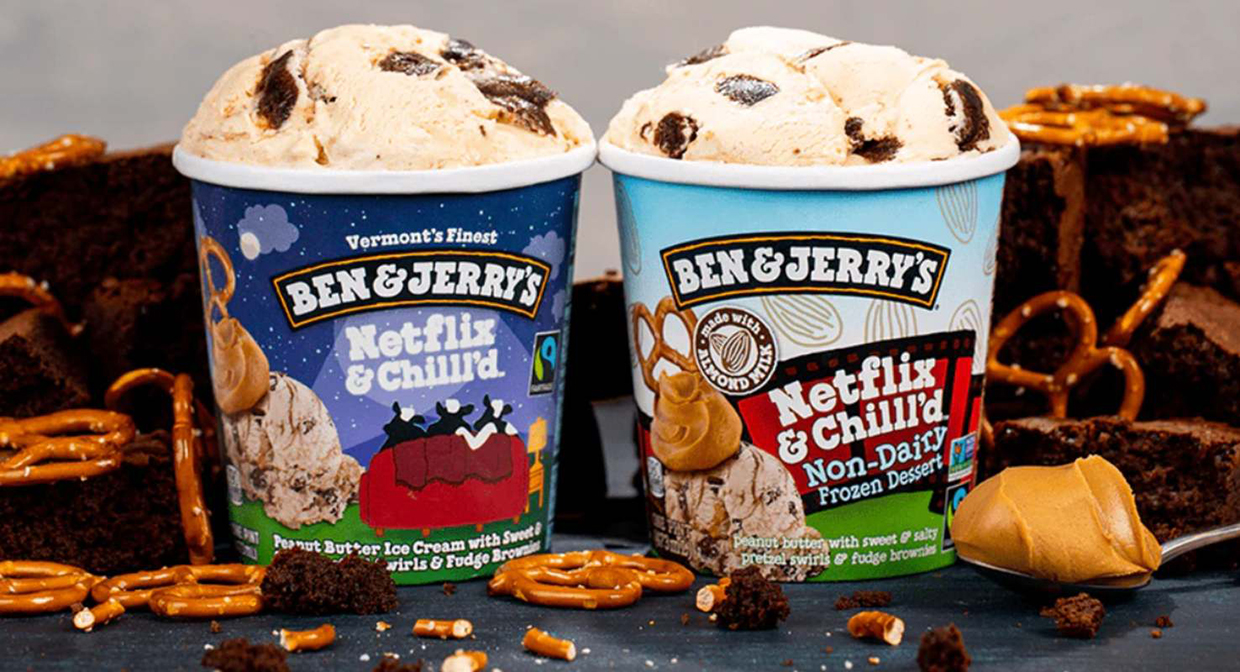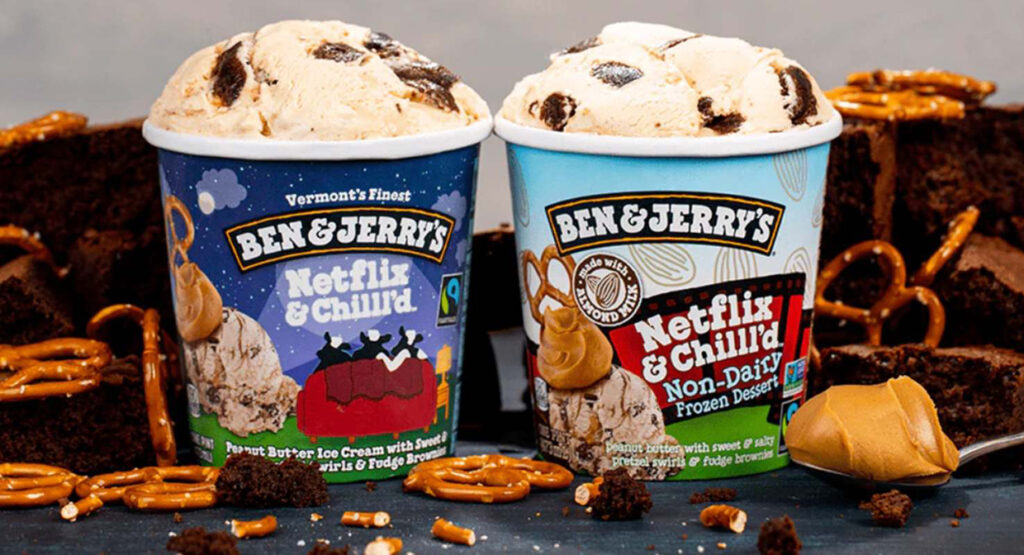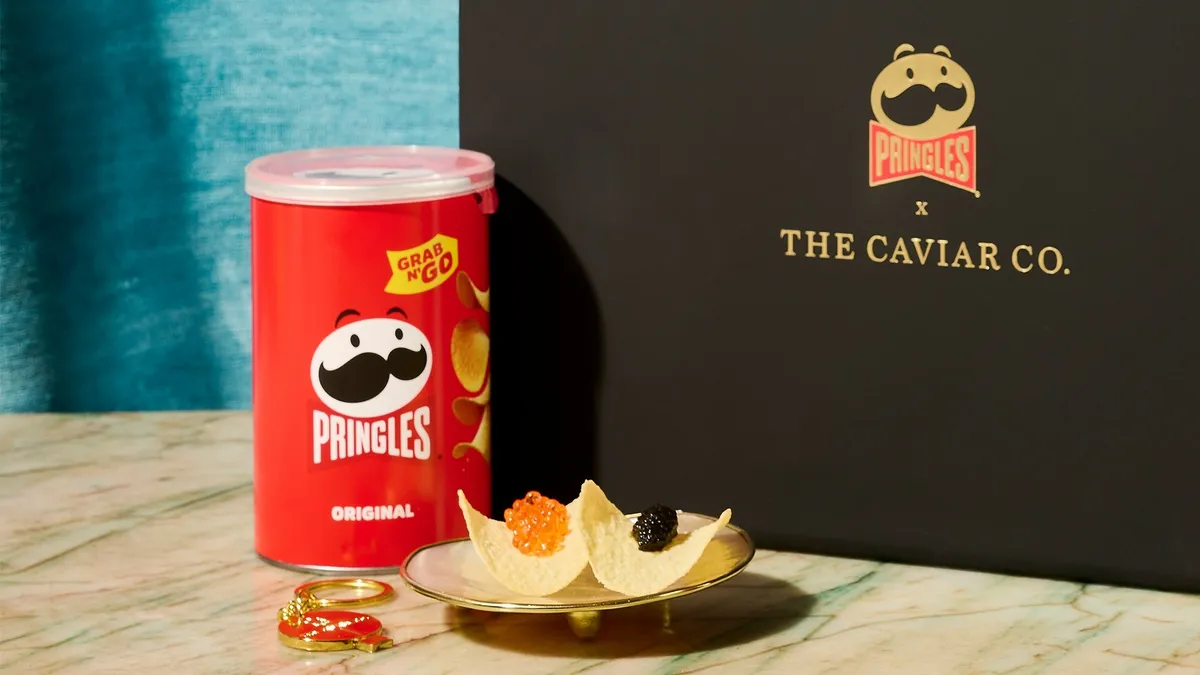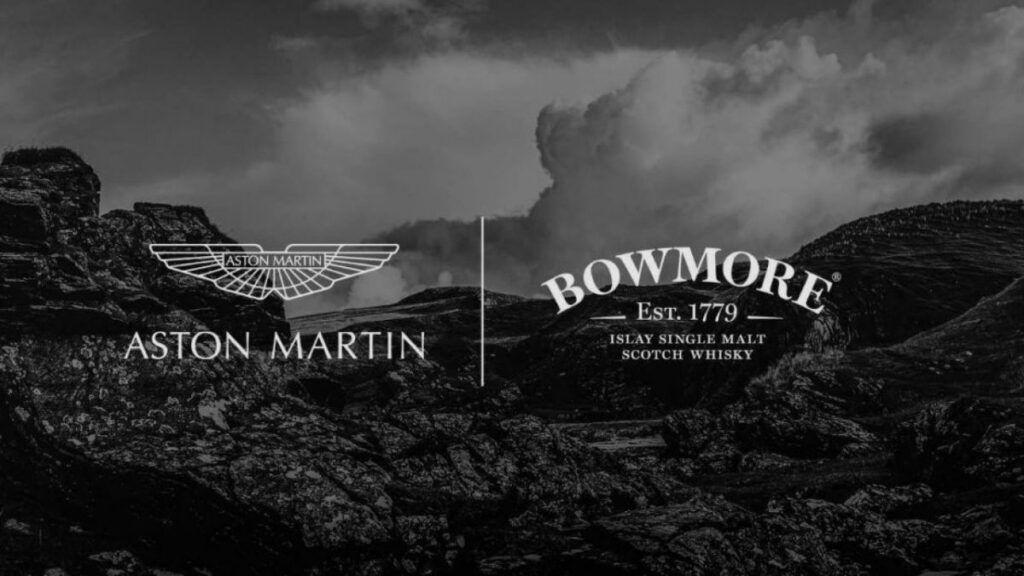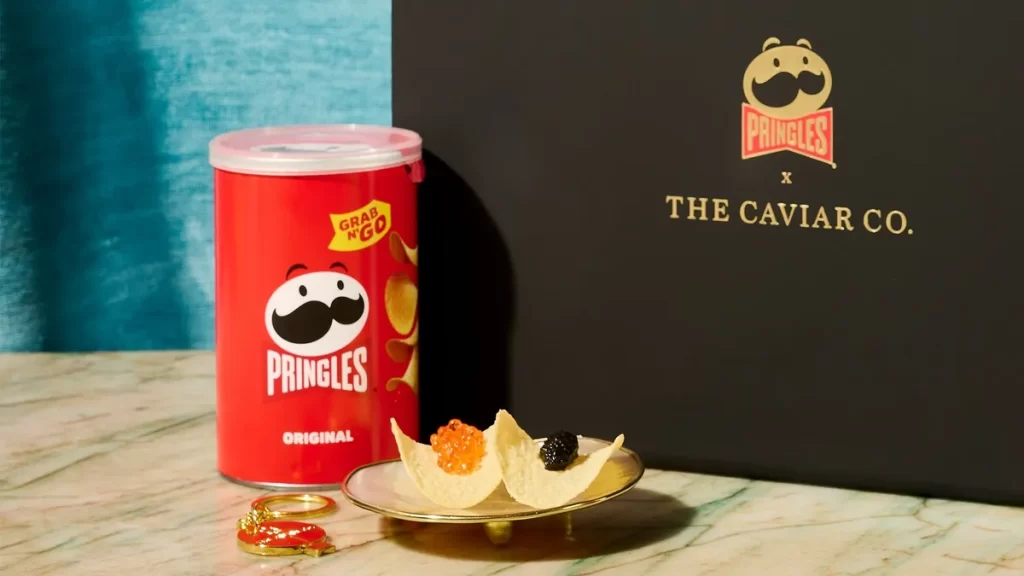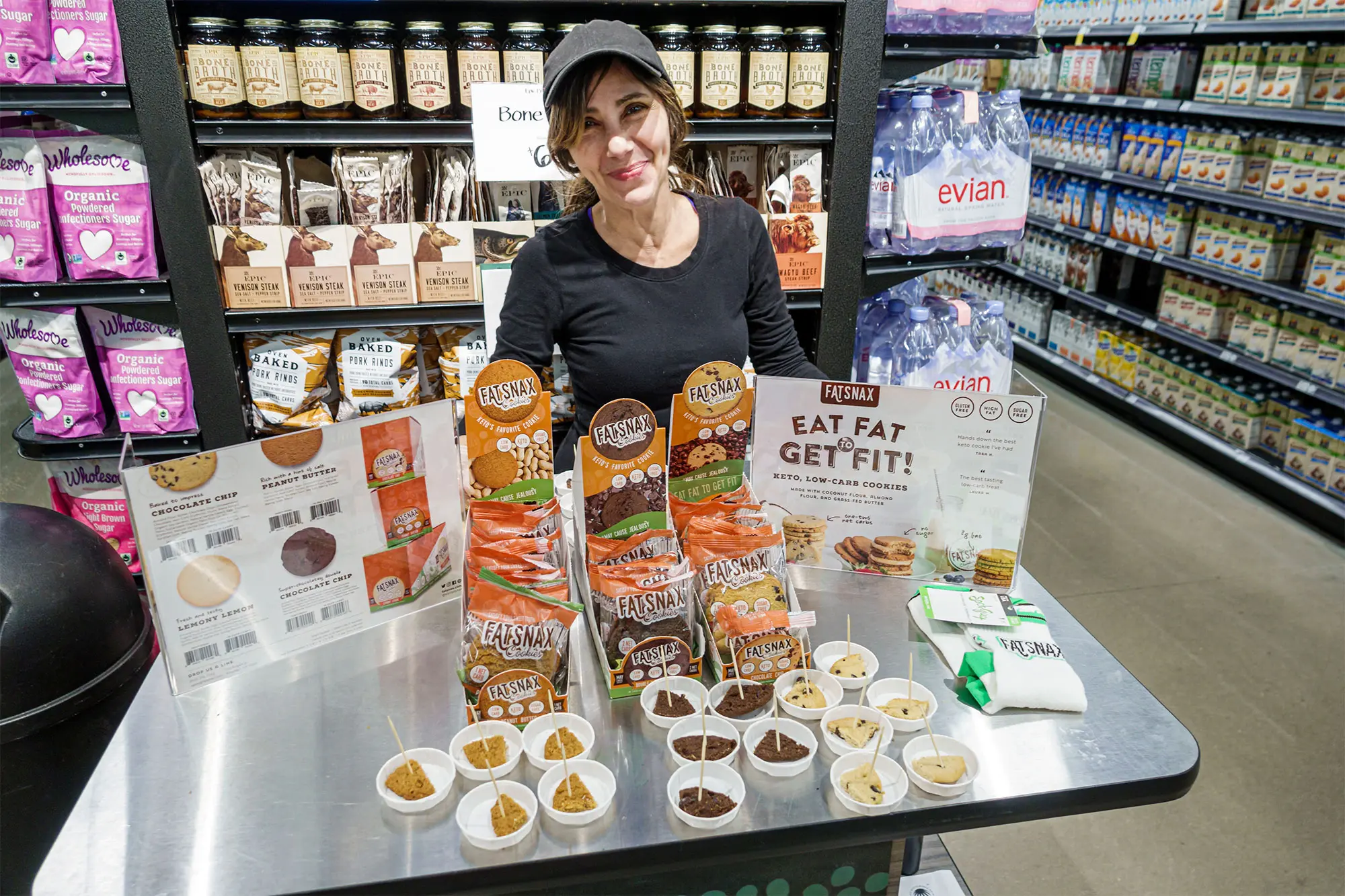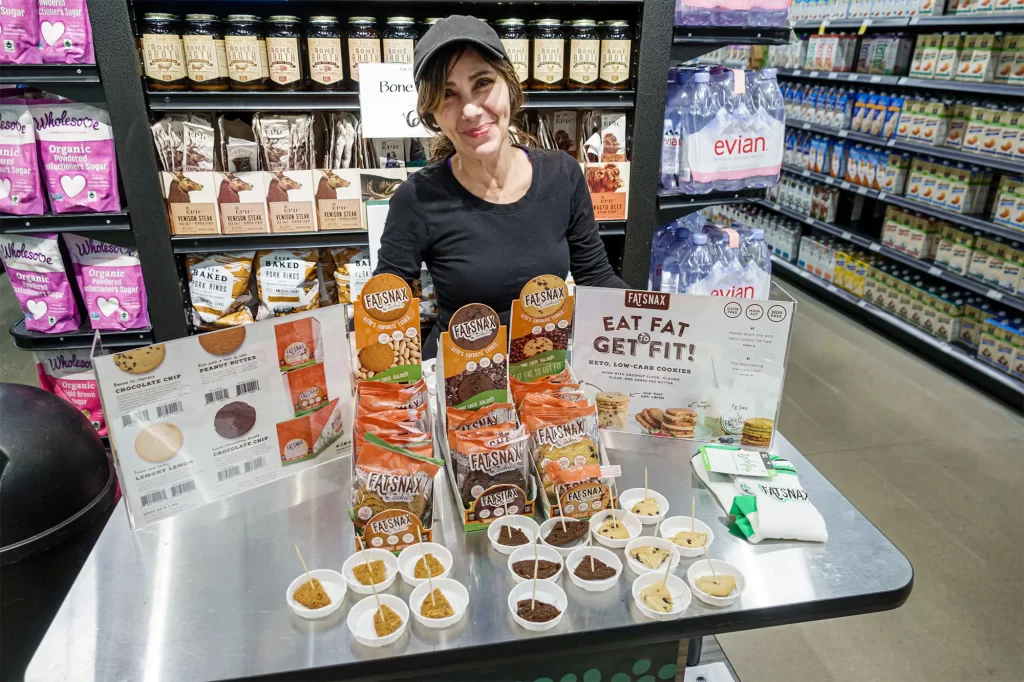In today’s rapidly evolving market, understanding your customers is more critical than ever. Consumer preferences, behaviors, and expectations are constantly changing, and brands that fail to keep up risk losing relevance. Leveraging consumer insights through research is key to staying ahead of the curve and developing a marketing strategy that resonates with your target audience. Here’s how you can use consumer insights to inform and enhance your marketing efforts.
The Importance of Consumer Insights

1. Understanding Consumer Behavior
Consumer insights provide a deep understanding of how and why your customers behave the way they do. This includes their buying habits, preferences, motivations, and pain points. By analyzing this data, you can identify patterns and trends that inform your marketing strategies, ensuring they are aligned with what your customers truly want.
2. Enhancing Customer Experience
In today’s competitive landscape, customer experience is a key differentiator. Insights gathered from consumer research can help you understand what aspects of the customer journey are most important to your audience. This allows you to tailor your marketing efforts to improve the overall experience, increasing customer satisfaction and loyalty.
3. Driving Product Development
Consumer insights can also guide product development by identifying unmet needs or areas for improvement. By understanding what your customers are looking for, you can develop products or services that better meet their demands, giving you a competitive edge in the market.
4. Optimizing Marketing Campaigns
Data-driven insights enable you to optimize your marketing campaigns by targeting the right audience with the right message at the right time. This precision not only increases the effectiveness of your campaigns but also maximizes your return on investment (ROI).
How to Gather Consumer Insights
1. Surveys and Questionnaires
One of the most direct methods of gathering consumer insights is through surveys and questionnaires. These tools allow you to ask specific questions about your products, services, and overall brand experience. Ensure that your surveys are well-structured, with clear and concise questions that provide actionable data.
2. Focus Groups
Focus groups involve bringing together a small group of consumers to discuss their perceptions, opinions, and experiences related to your brand or products. This qualitative research method provides in-depth insights into consumer attitudes and can uncover motivations that may not be evident through surveys alone.
3. Social Media Monitoring
Social media platforms are a goldmine of consumer insights. By monitoring conversations, comments, and trends on platforms like Twitter, Facebook, and Instagram, you can gain real-time insights into what your customers are saying about your brand and industry. Social listening tools can help you track mentions, sentiment, and emerging trends.
4. Customer Feedback and Reviews
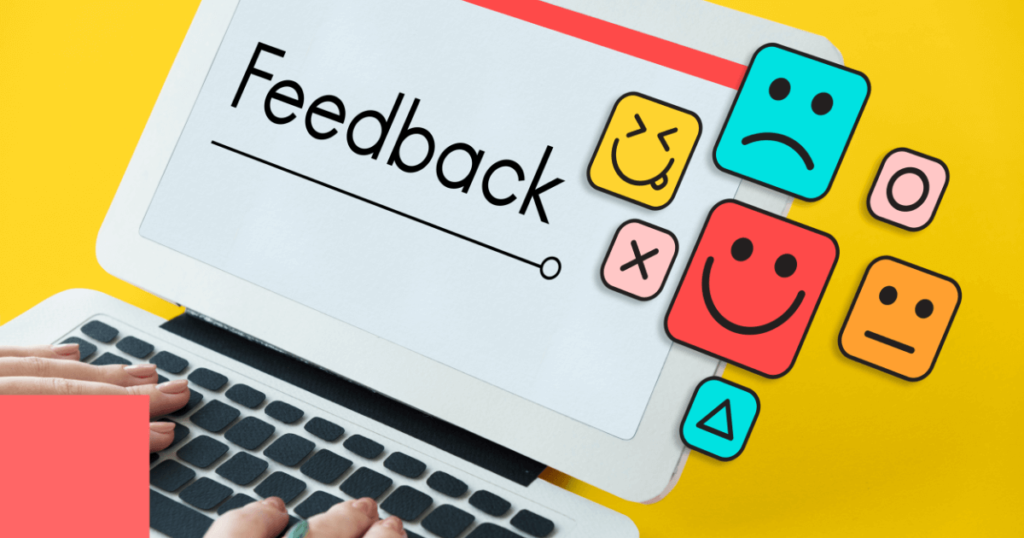
Customer feedback and online reviews are invaluable sources of information. They provide unfiltered opinions directly from your customers and can highlight both strengths and areas for improvement. Regularly analyzing feedback and reviews can help you identify common themes and address any issues that may be affecting customer satisfaction.
5. Sales and CRM Data
Your sales and CRM systems contain a wealth of data about your customers’ purchasing habits, preferences, and interactions with your brand. By analyzing this data, you can identify trends and patterns that inform your marketing strategy, such as which products are most popular or which customer segments are most profitable.
6. Competitor Analysis
Understanding your competitors can also provide valuable consumer insights. Analyzing their marketing strategies, product offerings, and customer engagement can help you identify opportunities to differentiate your brand and meet unmet consumer needs.
Applying Consumer Insights to Your Marketing Strategy
1. Segment Your Audience
Consumer insights allow you to segment your audience based on various criteria, such as demographics, psychographics, behavior, or purchase history. This segmentation enables you to create more personalized and targeted marketing campaigns that resonate with specific groups of consumers.
2. Tailor Your Messaging
Use the insights gathered to craft messaging that speaks directly to your audience’s needs, preferences, and pain points. Whether it’s through your website, social media, email campaigns, or advertisements, ensuring your messaging aligns with consumer insights will increase its effectiveness.
3. Optimize Your Marketing Channels
Not all marketing channels are equally effective for every audience. Consumer insights can help you determine which channels your target audience prefers and which ones deliver the best results. Focus your efforts on the channels that are most likely to reach and engage your customers.
4. Enhance Product Positioning
By understanding what matters most to your customers, you can position your products in a way that highlights their most compelling features and benefits. This can involve adjusting your branding, packaging, or promotional strategies to better align with consumer preferences.
5. Measure and Refine
Finally, use consumer insights to continuously measure the performance of your marketing campaigns. Track key metrics such as engagement, conversion rates, and customer satisfaction, and use this data to refine your strategy over time. The more you learn about your customers, the more effectively you can market to them.
Case Study: Coca-Cola’s “Share a Coke” Campaign
A well-documented case of leveraging consumer insights is Coca-Cola’s “Share a Coke” campaign. Coca-Cola used data-driven insights to personalize their products by printing popular names on Coke bottles. This strategy was based on research indicating that personalization would resonate with their target audience, particularly millennials.
Results:
- Increased Sales: The campaign resulted in a significant increase in sales, with consumers purchasing bottles for themselves and as gifts for friends and family.
- Enhanced Brand Engagement: The personalized bottles encouraged consumers to share their experiences on social media, leading to widespread brand engagement and viral marketing.
- Global Success: The campaign was so successful that it was rolled out in multiple countries, becoming one of Coca-Cola’s most iconic marketing initiatives.
Conclusion
Leveraging consumer insights is essential for creating a marketing strategy that resonates with your audience and drives business success. By gathering and applying these insights, you can better understand your customers, tailor your messaging, and optimize your marketing efforts for maximum impact.
At GroupMCC, we specialize in helping brands harness the power of consumer insights to inform and enhance their marketing strategies. Contact us today to learn how we can support your efforts and help you achieve your business goals.

